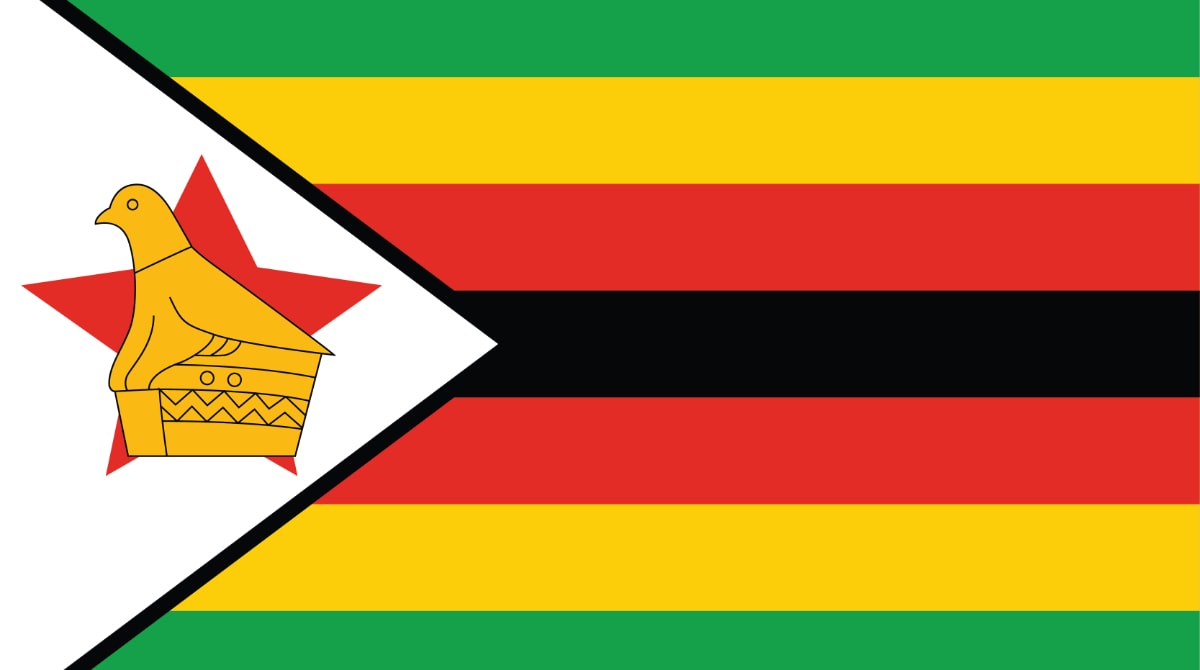At a glance
CDC works with partners in Zimbabwe to build sustainable public health capacity, strengthen laboratory systems and surveillance networks, deliver high-quality HIV and TB diagnostic, treatment, and prevention services, and respond swiftly to disease outbreaks at their source, preventing health threats from reaching the U.S.

Strategic focus
The U.S. Centers for Disease Control and Prevention (CDC) established an office in Zimbabwe in 2000. CDC, the Zimbabwe Ministry of Health and Child Care (MOHCC), implementing partners, and local institutions work to expand the national HIV response and build sustainable programs to achieve the UNAIDS 95-95-95 HIV testing, treatment, and viral suppression targets.
CDC supports the delivery of HIV services and provides technical expertise in 806 facilities in five provinces in Zimbabwe. CDC focuses on HIV testing and prevention efforts, tuberculosis (TB) screening, treatment, and infection control programs, laboratory quality assurance, public laboratory systems optimization, and health systems strengthening.
Read more about CDC's most recent key activities and accomplishments below.
Building public health capacity
- Trained 20 public health officials in 2024 through the Field Epidemiology Training Program to optimize the collection and use of surveillance data and detect and respond to public health emergencies.
- Scaled up HIV case-based surveillance using an electronic health record system with MOHCC. The system reports de-identified data in real-time for newly diagnosed and recently infected people with HIV, enabling targeted treatment and prevention interventions.
- Piloted HIV recent infection surveillance in two districts (which provided information about recent HIV transmission and incidence) to target an effective and efficient national response.
Strengthening laboratory systems and networks
- Strengthened universal access to quality-assured viral load (VL) and early infant diagnosis (EID) testing for all people living with HIV (PLHIV) on treatment.
- Implemented strategies to increase access to VL, EID, and TB testing.
HIV prevention and treatment
- Supported HIV prevention interventions for people at greater risk for HIV infection, including adolescent girls, young women, and young men.
- Provided oral pre-exposure prophylaxis (PrEP) in all five CDC-supported provinces to 9,627 people in FY2024.
- Introduced long-acting cabotegravir (CAB-LA), a new, more convenient PrEP option requiring fewer clinic visits—over 350 high-risk clients received CAB-LA in 2024. CDC plans to support expanded access to CAB-LA and other new products as they become available to reduce the risk of HIV.
- Supported 1.2 million PLHIV on antiretroviral therapy (ART), and 95 percent of the PLHIV who know their HIV status. Among PLHIV, 99 percent receive ART, and of those on treatment 96 percent have successfully virally suppressed the virus.
- Initiated 26,694 people on ART and maintained over 589,973 people on the treatment, including 18,797 children. Among PLHIV on ART, 75 percent of those eligible had a documented viral load test, and of those, 97 percent were virally suppressed. Viral load suppression among children on ART has improved from 90 percent in 2022 to 94 percent in 2024.
Tuberculosis prevention and treatment
- Screened 94 percent of PLHIV on ART for TB in FY2024, with 2.2 percent screening positive. Of those who screened positive for TB, 94 percent had a sputum sample collected and sent for diagnostic testing, with 95 percent of the samples tested using GeneXpert. Since 2019, CDC has funded TB preventive treatment initiation and completion for 466,771 PLHIV.
- Scaled up highly sensitive screening tools like TB LF-LAM, TruNat, and digital X-rays to optimize TB screening and diagnosis, reducing the number of missed cases.
By the numbers
HIV
Estimated HIV Prevalence (Ages 15-49)
10.5% (2023)
Estimated HIV Deaths (Age≥15)
Reported Number Receiving Antiretroviral Therapy (Age≥15)
TB
Estimated TB Incidence
211/100,000 (2023)
50% (2023)
TB Treatment Success Rate
89% (2022)
Resources
Our success is built on the backbone of science and strong partnerships.
- Zimbabwe: Development news, research, data | World Bank
- AIDSinfo | UNAIDS
- Global Tuberculosis Programme (who.int)
- Includes health information systems, public health disease surveillance, capacity building, and quality improvement.
